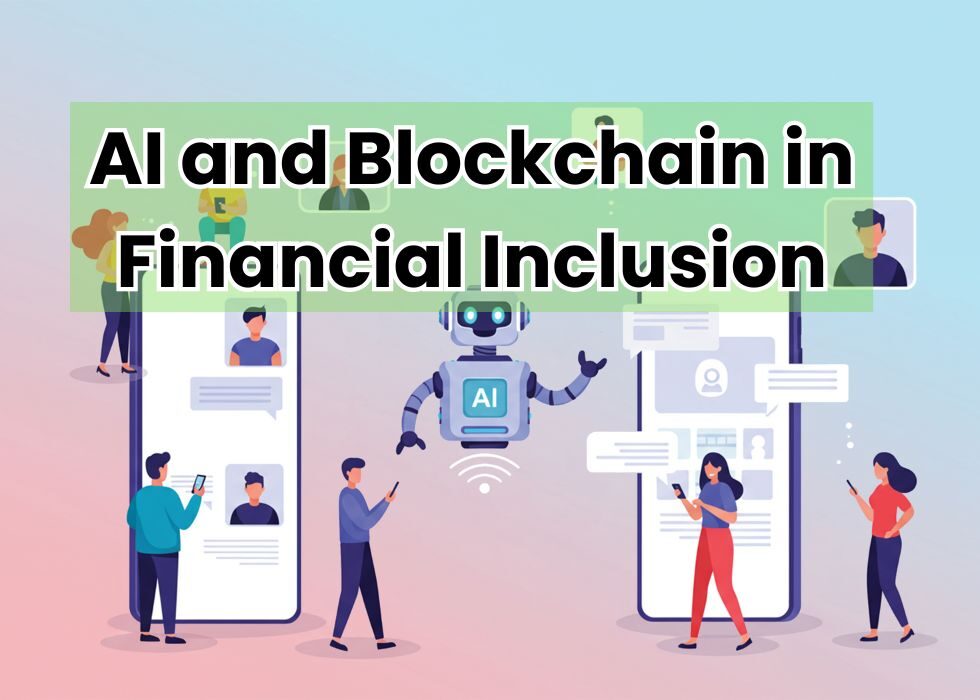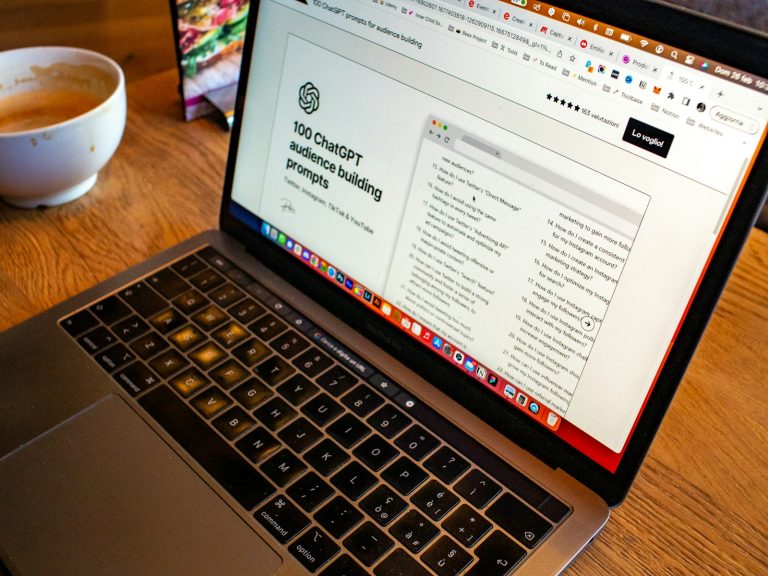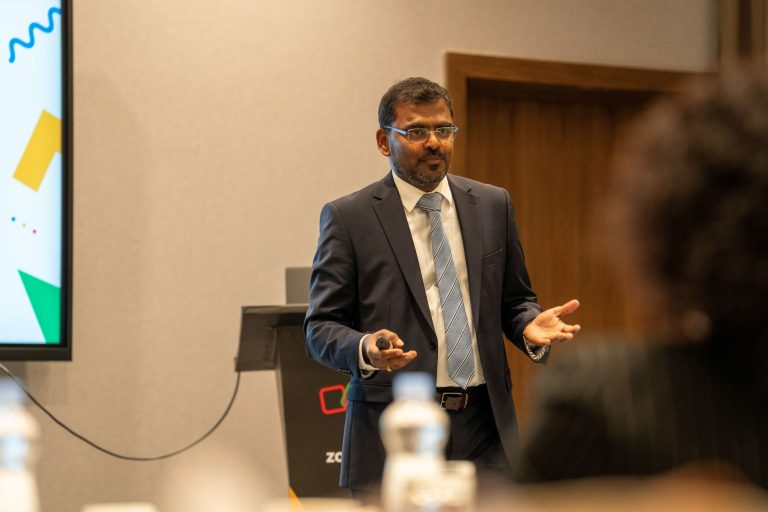Fintech Innovation: The Role of AI and Blockchain in Financial Inclusion

What do you think of when you hear “financial inclusion”, access to bank accounts? It’s more than that! Financial inclusion involves all-around financial services for everyone; however, over 1.3 billion adults worldwide remain unbanked, predominantly in emerging markets across Sub-Saharan Africa, South Asia, and parts of Latin America.?
Emerging technologies, particularly Artificial Intelligence (AI) and blockchain, are now redefining how fintech companies tackle this problem, offering scalable solutions that reach previously excluded demographics.
The Current State of Financial Inclusion
When many hear the term “financial inclusion,” they assume it’s only about owning bank accounts, but in reality, it’s more than that. Financial inclusion comprises all areas of modern finance, including affordable, reliable, and safe financial products like savings, credit, insurance, and remittances.
Traditional institutions often struggle to meet these needs, mostly due to high operating costs, a lack of formal credit histories, and regulatory barriers, among other reasons. As a result, many have resorted to informal financial systems, leaving them vulnerable and unprotected, unlike the banked population. Fortunately, fintech innovations are changing this narrative through AI and blockchain solutions.
How AI is Driving Inclusion
One key area where AI boosts financial inclusion is as an alternative to traditional credit scoring mechanisms. Instead of relying on conventional credit histories, which many unbanked individuals never get access to, AI algorithms analyse alternative data points like mobile phone usage, social media activity, and utility payment histories to create credit scores. This enables lenders to assess creditworthiness more accurately and extend loans to first-time borrowers who would otherwise be excluded. For instance, platforms like Upstart have used AI to approve loans for borrowers overlooked by traditional models, resulting in broader access without elevated default rates.
Beyond credit, AI is transforming customer engagement. Intelligent chatbots are being introduced to customer service and management, allowing banks to attend to more customers, including first-time users, and thereby expanding financial inclusion.
These AI chatbots make financial services more accessible through 24/7 support in multiple languages, often via basic mobile devices, enabling them to serve a wider user base. Even among older demographics or in regions where digital literacy is low, AI-driven interfaces simplify interactions and guide users via audio, through banking and financial procedures, ensuring these groups are not excluded due to limited digital skills.
Additionally, AI enhances efficiency for banking institutions. With AI’s automation and chatbots, financial institutions can interact with more customers, streamlining operational processes and freeing up time to onboard new users. For example, AI-powered systems have been shown to reduce loan processing times and operational costs, contributing to overall efficiency.?
The Role of Blockchain in Inclusion
While AI makes financial services smarter, blockchain makes them more accessible and trustworthy. Blockchain is a method of sharing information in a decentralised manner, where no single central authority has total control. Its decentralised nature removes the need for traditional intermediaries, reducing costs and broadening access to financial products. This is particularly evident in Blockchain applications like stablecoins, which are experiencing growing adoption among businesses in emerging markets worldwide.
Blockchain is not only useful to businesses; it extends to migrant workers who often pay exorbitant fees to send money home via traditional channels. These demographics of people are now switching to stablecoin-powered solutions. This is because Blockchain-powered remittances, which stablecoins are a good example significantly reduce remittance costs by more than half in many implementations. This is while they provide near-instant settlement across borders, considerably reducing processing times, snd encouraging more people to use banking services.
Another powerful application is financial transparency. Blockchain’s immutable ledger ensures that every transaction is recorded and verifiable, reducing corruption and building trust. For individuals in countries where institutional trust is low, this transparency can encourage participation in the financial system. Blockchain also supports identity solutions to tackle one of the largest barriers to financial inclusion: lack of formal identification.
Government-issued IDs are great, but they are inaccessible to some demographics in developing and underserved countries. Blockchain-based digital IDs, when combined with biometric verification, provide individuals with a secure and portable identity that can be recognised across platforms and borders, leading to a significant improvement in overall financial inclusion metrics in studied cases.
The Synergy of AI and Blockchain
While AI and blockchain have their strengths, their combination brings financial inclusion to a whole new level. Blockchain-based lending platforms can integrate AI-powered credit scoring to enable smart micro-lending. These platforms automatically assess risk, disburse loans, and manage repayment, all while ensuring transparency through blockchain records and completing processes in record time.
Another promising use case is blockchain-based identity verification enhanced with AI fraud detection. This hybrid approach creates a secure ecosystem where users can prove their identity without exposing personal data via Zero-Knowledge Proof mechanisms, addressing both trust and privacy concerns. In effect, AI provides intelligence while blockchain delivers integrity, driving up financial inclusion numbers.
Challenges and Risks
Despite their promise, AI and blockchain are not without challenges. Regulatory uncertainty remains a major hurdle because different jurisdictions are adopting varied approaches to digital assets and AI-driven credit scoring. For fintechs operating across borders, this adds complexity and risk that is difficult to manage, potentially slowing adoption.
Infrastructure gaps are another obstacle. Although blockchain technology is user-facing and relatively accessible, it still requires a smartphone and a reliable internet connection. However, many regions with the highest need for financial inclusion lack reliable internet access and smartphone penetration. Without parallel investments in digital infrastructure, such as government-led broadband expansions, the reach of AI and blockchain solutions will remain limited.
Digital literacy is yet another concern. While these technologies can simplify financial interactions, users still require a minimum level of understanding to use them safely. Without adequate education and awareness campaigns, new solutions like blockchain and AI risk excluding the very populations they aim to serve, perpetuating cycles of inequality.
Outlook and Opportunities
The future of financial inclusion through AI and blockchain looks promising. The EU’s Markets in Crypto-Assets (MiCA) framework and Nigeria’s ISA 2025 have been passed into law, strengthening Blockchain and stablecoin’s drive to improve financial inclusion. ? ?
As regulations mature around the world, the rules of engagement are becoming clearer, creating the confidence institutions need to scale.
Traditional banks, once hesitant, are increasingly partnering with fintechs or building their own blockchain and AI-powered solutions. JPMorgan’s blockchain-based payment rails and BNY Mellon’s digital asset custody services are examples of traditional financial companies embracing AI and Blockchain to increase financial inclusion. In emerging markets like Nigeria and Africa, partnerships between governments, fintech startups, and tech enthusiasts will be key to scaling sustainable solutions.
Conclusion
AI and blockchain have become important tools for bridging financial inclusion gaps in Nigeria and Africa at large, driving the next wave of fintech innovation. With stablecoins already making waves in many underserved markets seeking alternatives to traditional FX channels, and AI creating smarter credit scoring methods for companies using them (e.g., HighRadius), financial services are becoming smarter, faster, and more accessible to first-time users, helping to drive financial inclusion numbers.







